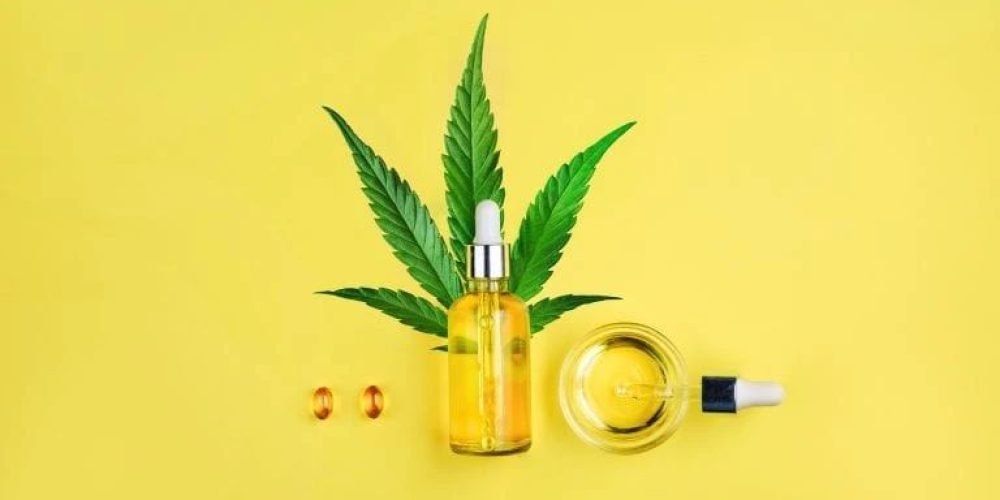The short answer is that yes, hemp does indeed contain cannabidiol (CBD).
The long answer is a bit more complex than that. Hemp may only have traces of tetrahydrocannabinol (THC), but it often contains high amounts of CBD, which has been identified as a beneficial compound.
Cannabidiol, or CBD, is a non-psychoactive compound found in cannabis plants. Studies have shown that CBD may offer certain therapeutic and medicinal benefits. The use and sale of CBD derived from hemp was decriminalized by the Hemp Farming Act of 2018, and since then it has risen in popularity and availability across the US.
Are CBD and hemp the same thing?
Cannabis is part of the Cannabaceae family. Hemp is a strain of cannabis with a lower amount of THC — the amount allowed by law varies by country. In the US hemp, or industrial hemp, contains only trace amounts of THC — by legal definition, less than 0.3% THC in the resulting flowers by dry weight. Hemp contains much higher amounts of CBD than other cannabis, although there are many strains of cannabis that have been bred to contain higher levels of CBD for therapeutic and medicinal uses. CBD may have many beneficial effects, including anti-inflammatory, antimicrobial, antibacterial, pain-relieving, anti-stress, and anti-anxiety properties.
In addition to differentiating hemp from cannabis, it’s important to note the difference between hemp oil and CBD oil. Hemp oil is extracted from the hemp seeds and contains fatty acids, vitamin E, and protein. CBD oil is extracted directly from the hemp plants, including the stems, stalks, leaves, and flowers of mature hemp plants. How the CBD is extracted affects the finished product with certain extraction methods, resulting in a more pure and refined oil. In addition, full-spectrum CBD oil may offer the entourage effect, during which terpenes and cannabinoids work synergistically on the endocannabinoid system.

How much CBD does hemp contain?
Hemp contains varying amounts of CBD and it can be bred to have higher amounts. While most cannabis plants contain negligible amounts of CBD, often less than 1%, hemp plants on average contain between 12 – 18% CBD.
There are three different types of CBD products:
- Full-spectrum CBD products contain the full range of terpenes and cannabinoids present in the source plant (including any trace amounts of THC), which boosts the entourage effect when consumed.
- Broad-spectrum CBD products contain some other cannabinoids and all or most of the terpenes present in the source plant, but most or all of the THC has been stripped away.
- Isolate is pure CBD with all other compounds removed. Isolate CBD products have their own unique benefits, but they do not offer the same entourage effect that full- or broad-spectrum CBD products can.
What part of the hemp plant contains CBD?
The majority of the cannabinoids (including CBD) and terpenes are highly concentrated in the flowers of the hemp plant. However, traces of CBD and THC can be found throughout the entire plant, including the stem, stalk, and leaves. However, you won’t find CBD or THC in hemp seeds or roots. The flowers and leaves contain the most CBD, while the stem and stalks only contain trace amounts of CBD and other cannabinoids.
Full-spectrum CBD, which uses all the plant has to offer, is usually recommended for the most beneficial results. THC and CBD have been found to have a synergistic effect on the endocannabinoid system and using the whole plant with all of the terpenes and cannabinoids is more likely to offer a therapeutic experience to those who are seeking to use hemp-derived CBD as part of a daily routine.
Source: Weemdaps









